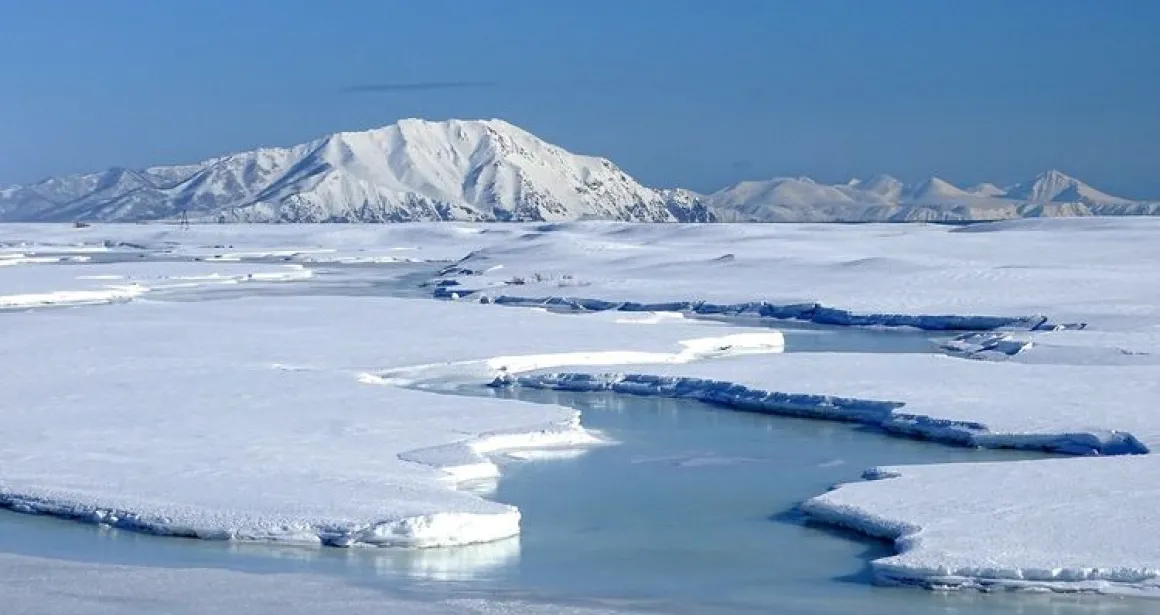A brief glossary of terms covering the poles and glaciers
Do you speak polar? What is the difference between pack ice and icebergs? Here are a few definitions to help you understand the cryosphere.
- 4mn read

At the One Planet - Polar Summit held in Paris on the 8th, 9th and 10th of November 2023, more than forty “ice and polar nations” gathered in the presence of cryosphere specialists to discuss the pressing issues affecting the polar regions, particularly with the melting of the ice and the disruption of the water cycle.
Glossary of terms covering the poles and glaciers
Cryosphere: the term refers to all surfaces on land or at sea where water is present in a solid state. In 2019, the IPCC published a Special Report on the Ocean and the Cryosphere.
A glacier is a hard, compact mass of frozen water formed by the accumulation of layers of snow which, under their own weight, expel any air they contain. A glacier is land ice, whereas pack ice is sea ice. Water from melting glaciers flows into the oceans, causing sea levels to rise.
In other words, a glacier represents a stock of solid freshwater that is renewed by the addition of new layers of snow and the melting of the ice. Glaciers are constantly moving, flowing from higher to lower elevations.
Iceberg: this is a block of glacier that breaks off and drifts away. The process by which a chunk of ice breaks off from a glacier is known as calving.
Pack ice or sea ice: pack ice is the expanse of ice that solidifies on the surface of the water. With sea pack ice, the perennial pack ice lasts for a few years, unlike seasonal pack ice, which forms during the polar winter. Pack ice, which is frozen sea water that melts on a seasonal basis, does not cause the sea level to rise; it is still the same water.
Pack ice is important because it reflects sunlight back into the atmosphere. If there is less pack ice, there is a larger ocean surface area that will absorb sunlight.
Another consequence of the dwindling ice pack is the gradual disappearance of the habitat of polar bears and pinnipeds such as seals and sea lions.
Inlandsis or polar cap: this is a huge continental glacier in the polar regions which breaks up on the seashore to form icebergs. The term Inlandsis is of Scandinavian origin and means “inland ice”.
The term “inlandsis” is used instead of “glacier” when the surface area of the inlandsis or ice sheet exceeds 50,000 km²; the Antarctic inlandsis is the largest, followed by the Greenland inlandsis. In Antarctica, the inlandsis forms a barrier of ice that extends out to sea.
Polar cap: this is a glacier with a surface area of no more than 50,000 km², whereas anything larger than this is referred to as an inlandsis or polar cap.
Permafrost is frozen ground in which the temperature remains below zero for 2 consecutive years. The layer of earth that covers it thaws in summer and vegetation grows over it. Permafrost covers 20% of the earth’s surface; it is mainly found in Greenland, Alaska, Siberia and Canada.
Global warming could cause the permafrost to melt, thereby releasing the greenhouse gases that were previously stored in it. Another risk, and a health risk at that: the release of viruses and bacteria that until now were trapped in the ice.
The Arctic is an ocean surrounded by land that lies at the North Pole. Its emblematic animal is the polar bear.
Antarctica lies at the South Pole, a continent surrounded by the Southern Ocean. The emblematic animal is the penguin.




